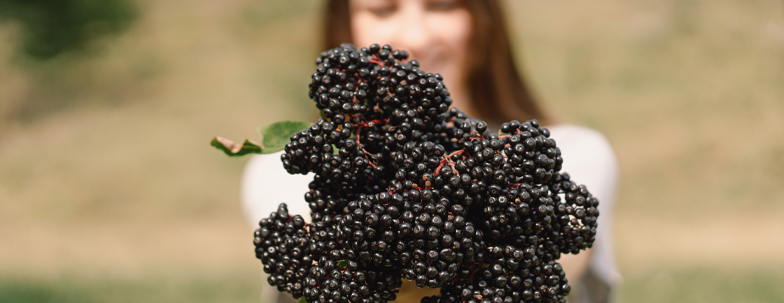Elderberry Concentrate is Certified Kosher
Wyldewood Cellars, Inc. Elderberry Wines and Eldeberry Concentrate are now certified by OK Kosher Certification. This includes our Elderberry Wines from Dry Reserve to Sweet, our Elderberry Mead and our Honey Mead.
Kosher foods are those that conform to the regulations of kashrut (Jewish dietary law). Food that may be consumed according to halakha (Jewish law) is termed kosher in English, meaning "fit" (in this context, fit for consumption), via Wikipedia.
For more information please visit OK.org


